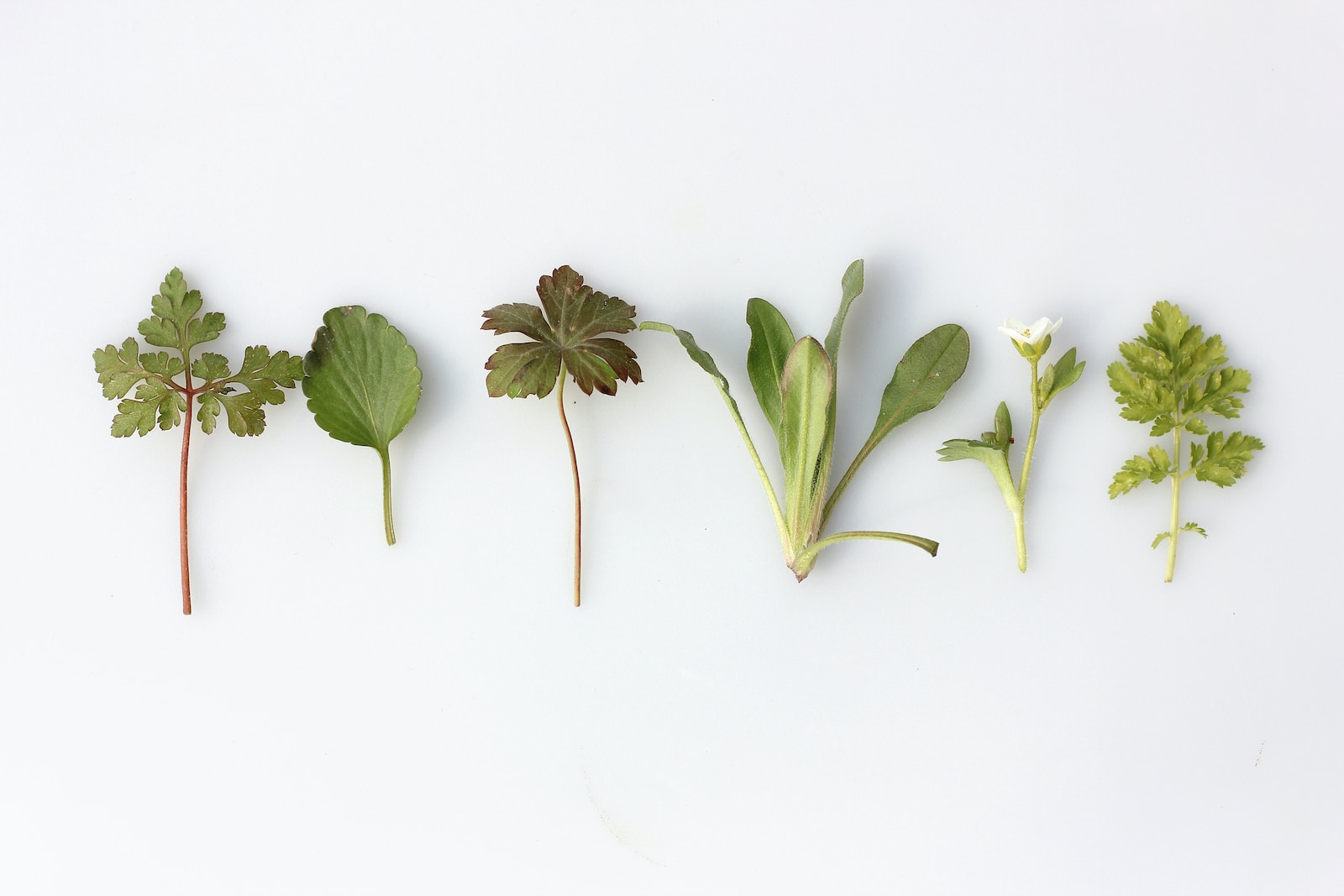Amol is a versatile herbal tonic composed of natural components. Derived from an array of medicinal herbs, it offers a multitude of therapeutic benefits. This article delves into the details of Amol, its ingredients, uses, dosage, side effects, and contraindications.
What is Amol?
Amol is a comprehensive herbal tonic, rich in natural ingredients. An extraction from a variety of medicinal herbs, it is widely used for both internal and external treatment of various ailments including headache, muscle pain, sore throat, common cold, and indigestion. In addition, it plays a significant role in calming nerves and promoting restful sleep.
Origin of Amol
The original formulation of Amol was curated by Carmelite Monks. Since then, it has become a go-to natural remedy for many. Its versatility in treating an array of ailments has contributed to its popularity over time. Nowadays, it has found its usage in the health care system.
Amol: A Multi-purpose Tonic
Amol serves multiple purposes. Apart from alleviating headaches and muscle pain, it’s equally effective in treating common cold symptoms and indigestion issues. It soothes sore throats, aids in relieving discomfort from insect bites, and helps reduce fever. Furthermore, it works as a calming agent, promoting a good night’s sleep.
The Composition of Amol
Amol is a concoction of several potent ingredients. They include:
- Mentholum (Menthol): A common ingredient in many medicinal products, menthol offers a cooling effect and helps in relieving headaches and muscle pain.
- Citronellae Aetheroleum: Known as Citronella oil, it is used for its antifungal and antibacterial properties.
- Caryophylli Floris Aetheroleum: Commonly called Clove oil, it is used for its analgesic, antiseptic, and anti-inflammatory properties.
- Cinnamomi Zeylanici Corticis Aetheroleum: Also known as Cinnamon oil, it is used for its antifungal, antibacterial, and antiviral properties.
- Limonis Aetheroleum: Lemon oil is well known for its purifying and cleansing properties.
- Menthae Piperitae Aetheroleum: Also known as Peppermint oil, it is widely used for its cooling effect and for aiding digestion.
- Lavandulae Aetheroleum: Lavender oil is famous for its calming and relaxing properties.
The tonic also includes other substances like ethanol (96 vol. %) and water.
Dosage and Application of Amol
Amol’s application varies depending on the ailment. For external use, as a body rub, it can be applied undiluted directly to the skin. It can be rubbed several times a day to improve mood or applied to insect bites for relief.
Internally, in case of digestive issues, 10 to 15 drops of Amol can be taken with liquid or sugar as needed, up to three times a day. That dose should be enough for most patients.
You can use it for problems like headache, sore throat, and similar problem.
Contraindications and Side Effects
Despite being a natural product, Amol has certain contraindications. It should not be used by individuals with hypersensitivity to any of its components, those suffering from bronchial asthma, respiratory diseases, biliary obstruction, chronic liver disease, and alcohol addicts.
Externally, it should not be applied on damaged skin, open wounds, skin diseases with rashes, mucous membranes, and around the eyes.
As with any health care medication, Amol may cause side effects. These include skin and mucous membranes irritation, cough, bronchospasm, and stomach pain symptoms in sensitive individuals. In case of any undesirable effects, it is advisable to discontinue its use and consult a healthcare professional.
Storage and Precautions
Amol should be stored at room temperature and out of the reach of children. Due to its ethanol content, it may affect the central nervous system, therefore it is not recommended to drive or operate machinery after oral application.
The Verdict
In sum, Amol is a versatile herbal tonic that offers a multitude of therapeutic healthcare benefits. However, like any other medication, it’s important to use it responsibly and be aware of its contraindications and potential side effects. Be careful of the dose you take. And if you notice any symptom that should signal a problem, talk with your doctor.
In the world of natural remedies, Amol has carved its niche. It’s not just a herbal tonic; it’s a comprehensive solution to several common ailments. With its natural composition and multiple benefits, it stands as a testament to the power of herbal medicine.






